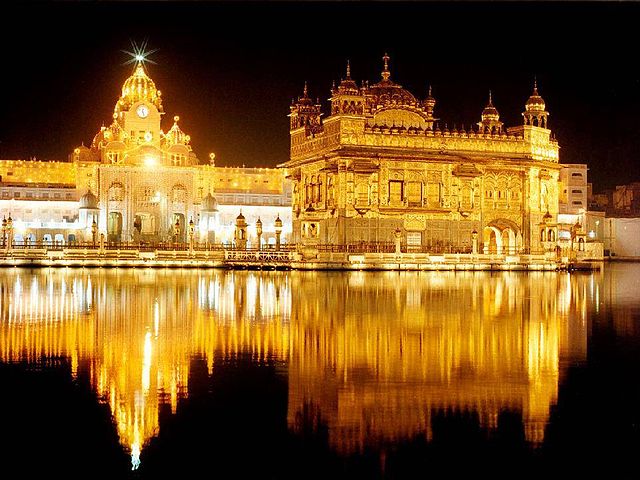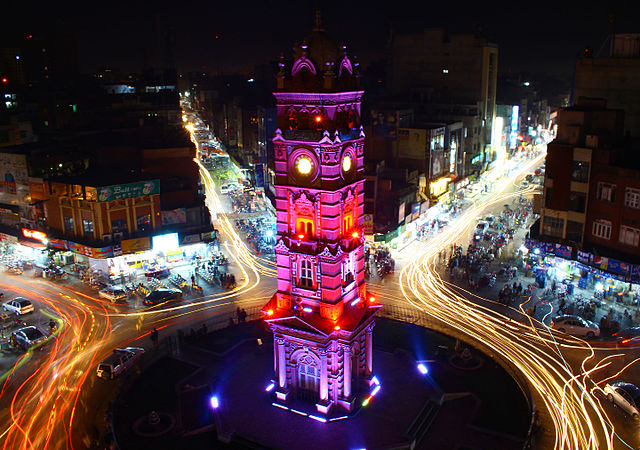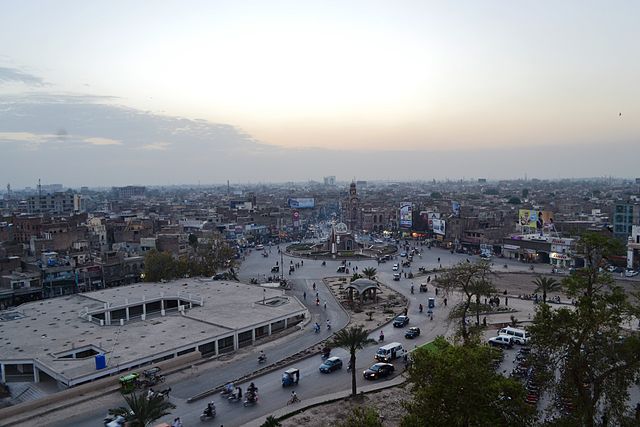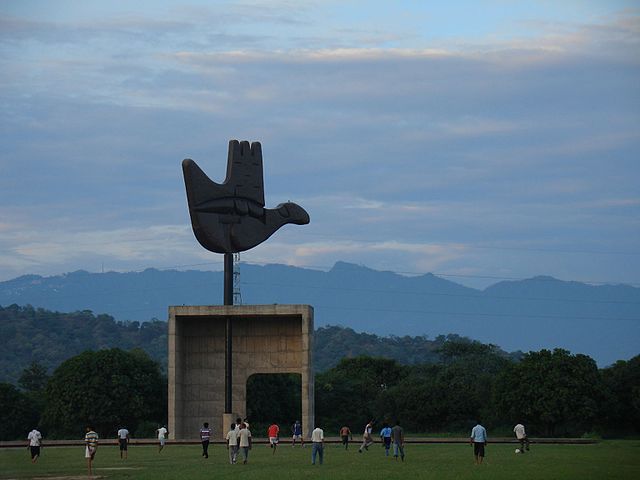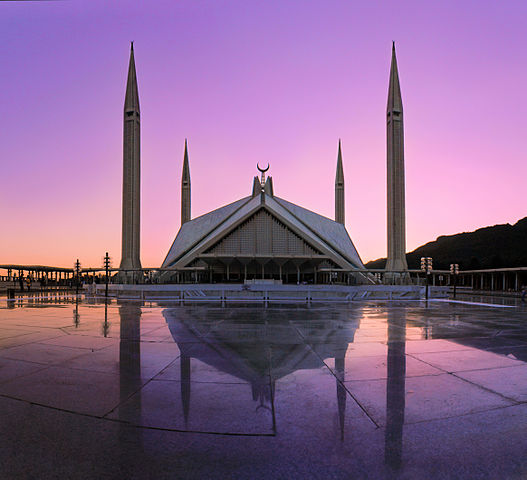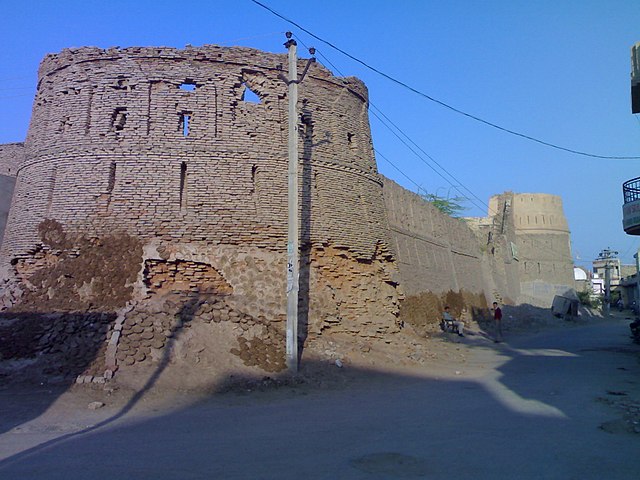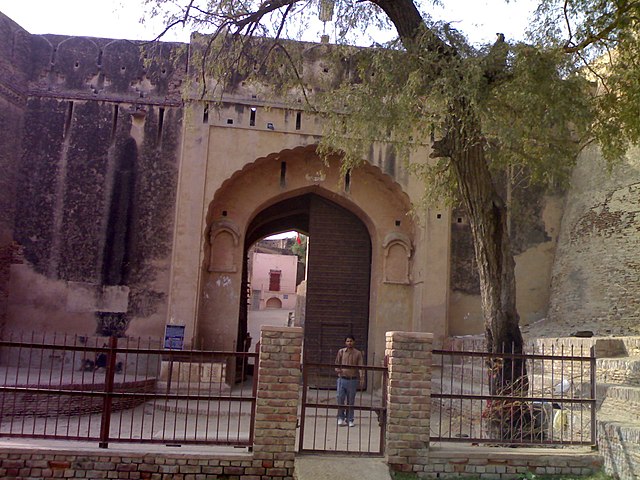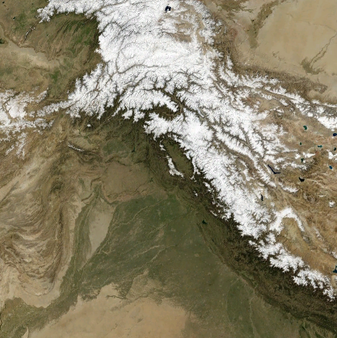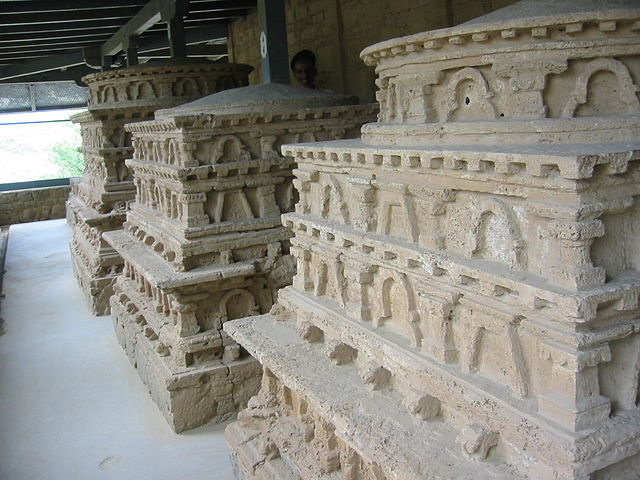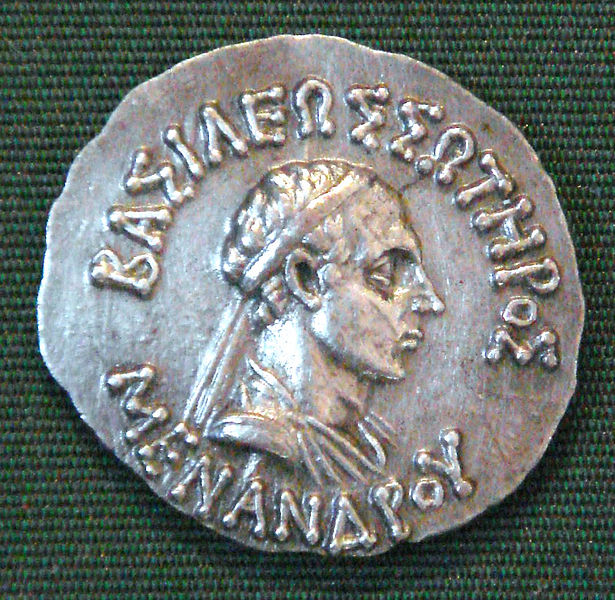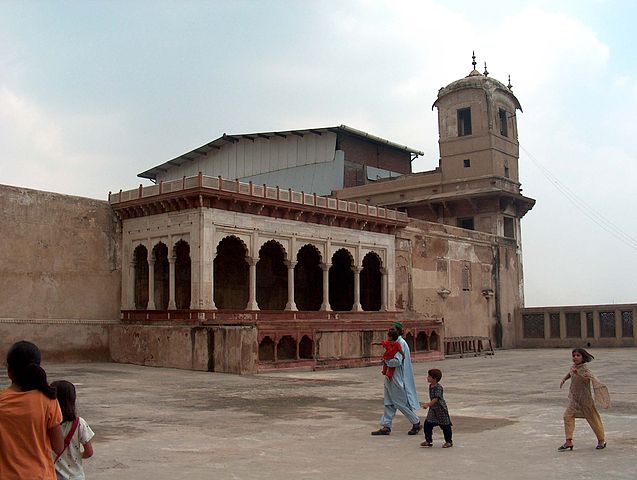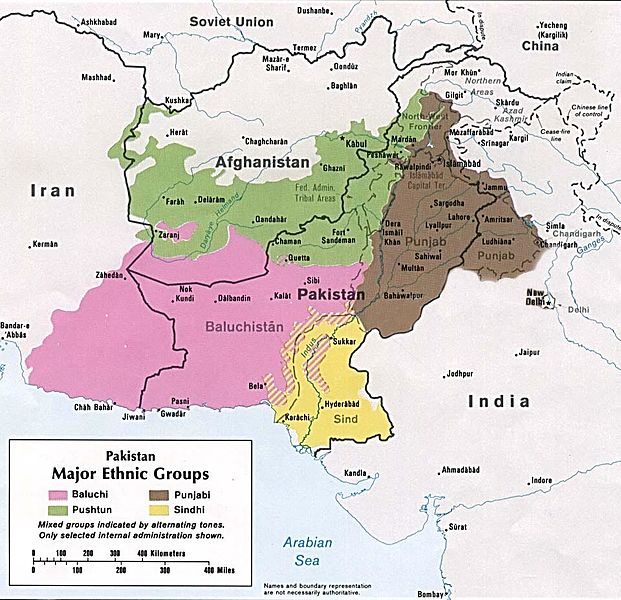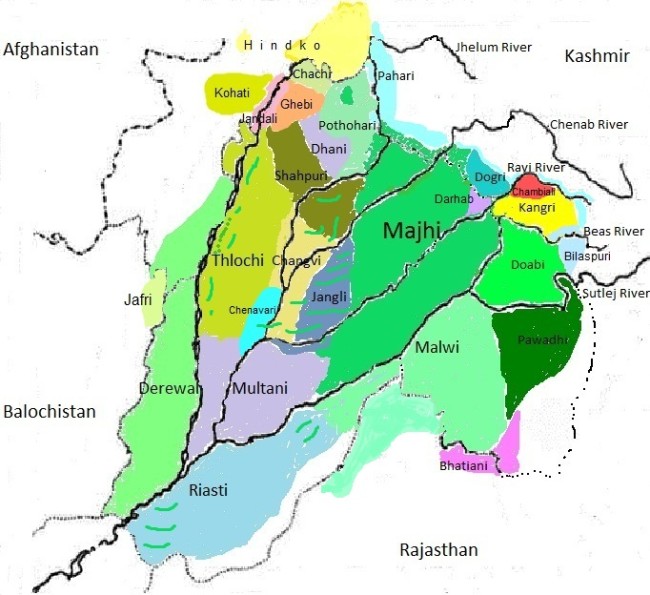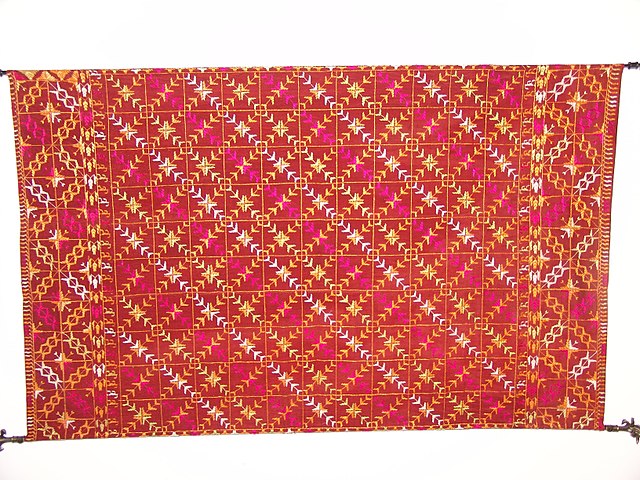
| PUNJAB
Location of Punjab in South Asia Countries : India and Pakistan
Punjab also romanised as Panjab or Panj-Ab) is a geopolitical, cultural, and historical region in South Asia, specifically in the northern part of the Indian subcontinent, comprising areas of eastern Pakistan and northern India. The boundaries of the region are ill-defined and focus on historical accounts.
The geographical definition of the term "Punjab" has changed over time. In the 16th century Mughal Empire it referred to a relatively smaller area between the Indus and the Sutlej rivers. In British India, until the Partition of India in 1947, the Punjab Province encompassed the present-day Indian states and union territories of Punjab, Haryana, Himachal Pradesh, Chandigarh and Delhi and the Pakistani regions of Punjab and Islamabad Capital Territory. It bordered the Balochistan and Khyber-Pakhtunkhwa regions to the west, Kashmir to the north, the Hindi Belt to the east, and Rajasthan and Sindh to the south.
The people of the Punjab today are called Punjabis, and their primary language is Punjabi. The main religion of the Pakistani Punjab region is Islam. The two main religions of the Indian Punjab region are Sikhism and Hinduism. Other religious groups are Christianity, Jainism, Zoroastrianism, Buddhism, and Ravidassia. The Punjab region was the cradle for the Indus Valley Civilisation. The region had numerous migration by the Indo-Aryan peoples. The land was later contested by the Persians, Indo-Greeks, Indo-Scythians, Kushans, Macedonians, Ghaznavids, Turkic, Mongols, Timurids, Mughals, Marathas, Arabs, Pashtuns, British and other peoples. Historic foreign invasions mainly targeted the most productive central region of the Punjab known as the Majha region, which is also the bedrock of Punjabi culture and traditions. The Punjab region is often referred to as the breadbasket in both India and Pakistan.
Etymology
:
The term Punjab is a compound of two Persian words: panj and âb ('water'). The word Punjab thus means 'The Land of Five Waters', referring to the rivers Jhelum, Chenab, Ravi, Sutlej, and Beas. All are tributaries of the Indus River, the Sutlej being the largest.
The ancient Greeks referred to the region as Pentapotamía, which has the same etymology as the original Persian word.
Political
geography :
19th century :
The Punjab, 1849
The Punjab, 1880
Punjab Province (British India), 1909 The 19th century definition of the Punjab region focuses on the collapse of the Sikh Empire and the creation of the British Punjab province between 1846 and 1849. According to this definition, the Punjab region incorporates, in today's Pakistan, Azad Kashmir including Bhimber and Mirpur and parts of Khyber Pakhtunkhwa (especially Peshawar, known in the Punjab region as Pishore). In India, the wider definition includes parts of Delhi and Jammu Division.
Using the older definition, the Punjab region covers a large territory and can be divided into five natural areas :
1.
The eastern mountainous region including Jammu Division and Azad
Kashmir,
The upper regions are snow-covered the whole year. Lower ranges of hills run parallel to the mountains. The Lower Himalayan Range runs from north of Rawalpindi through Jammu and Kashmir, Himachal Pradesh, and further south. The mountains are relatively young, and are eroding rapidly. The Indus and the five rivers of the Punjab have their sources in the mountain range and carry loam, minerals and silt down to the rich alluvial plains, which consequently are very fertile.
Major
cities :
Bahu Fort, Jammu, India
Peshawar Museum
Jama Masjid, Delhi
City view, Mirpur 1947
partition :
Using the 1947 definition, the Punjab borders the Balochistan and Pashtunistan regions to the west, Kashmir to the north, the Hindi Belt to the east, and Rajasthan and Sindh to the south. Accordingly, the Punjab region is very diverse and stretches from the hills of the Kangra Valley to the plains and to the Cholistan Desert.[citation needed]
Present-day maps :
Punjab, Pakistan
Punjab, India, 2014
Haryana, India
Himachal Pradesh, India Major
cities :
Badshahi Mosque, Lahore
Golden Temple, Amritsar
Clock Tower, Faisalabad
Aerial view of Multan Ghanta Ghar chawk
Open Hand monument, Chandigarh
Faisal Masjid (Margalla Hills) Greater
Punjab :
Anupgarh fort in Anupgarh city
Bhatner fort in Hanumangarh city Climate :
The snow-covered Himalayas The climate is a factor contributing to the economy of the Punjab. It is not uniform over the whole region, with the sections adjacent to the Himalayas receiving heavier rainfall than those at a distance.
There are three main seasons and two transitional periods. During the hot season from mid-April to the end of June, the temperature may reach 49 °C (120 °F). The monsoon season, from July to September, is a period of heavy rainfall, providing water for crops in addition to the supply from canals and irrigation systems. The transitional period after the monsoon is cool and mild, leading to the winter season, when the temperature in January falls to 5 °C (41 °F) at night and 12 °C (54 °F) by day. During the transitional period from winter to the hot season, sudden hailstorms and heavy showers may occur, causing damage to crops.
History :
The Punjab region of India and Pakistan has a historical and cultural link to Indo-Aryan peoples as well as partially to various indigenous communities. As a result of several invasions from Central Asia and the Middle East, many ethnic groups and religions make up the cultural heritage of the Punjab.
In prehistoric times, one of the earliest known cultures of South Asia, the Indus Valley Civilisation was located in the region.
Classical
period :
Menander I Soter (165/155 – 130 BCE), conqueror of the Punjab, carved out a Greek kingdom in the Punjab and ruled the Punjab until his death in 130 BC In 326 BCE, Alexander the Great invaded Pauravs and defeated King Porus. His armies entered the region via the Hindu Kush in northwest Pakistan and his rule extended up to the city of Sagala (present-day Sialkot in northeast Pakistan). In 305 BCE the area was ruled by the Maurya Empire. In a long line of succeeding rulers of the area, Chandragupta Maurya and Ashok stand out as the most renowned. The Maurya presence in the area was then consolidated in the Indo-Greek Kingdom in 180 BCE.
Menander I Soter ("Menander I the Saviour"; known as Milinda in Indian sources) is the most renowned leader of the era, he conquered the Punjab and made Sagala the capital of his Empire. Menander carved out a Greek kingdom in the Punjab and ruled the region till his death in 130 BCE. The neighbouring Seleucid Empire rule came to an end around 12 BCE, after several invasions by the Yuezhi and the Scythian people.[citation needed]
Early
medieval period (600s to 1206) :
A section of the Lahore Fort built by the Mughal emperor Akbar In 1001, Mahmud of Ghazni began a series of raids which culminated in establishing Ghaznavid rule across the Punjab by 1026. The Ghaznavids, a Persianate Muslim dynasty of Turkic mamluk origin, reigned until 1186 when they were defeated and replaced by the Ghurid dynasty of Iranian descent from the Ghor region of present-day central Afghanistan.
Late
medieval period (1206 - 1526) :
Early
modern period (1526 - 1858) :
The Afghan forces of Durrani Empire (also known as the Afghan Empire), under the command of Ahmad Shah Durrani, entered Punjab in 1749, and captured Punjab—with Lahore being governed by Pashtuns—and Kashmir regions. In 1758, Punjab came under the rule of Marathas, who captured the region by defeating the Afghan forces of Ahmad Shah Abdali. Following Third Battle of Panipat against Marathas, Durranis reconsolidated its power and dominion over the Punjab region, and Kashmir Valley. Abdali's Indian invasion weakened the Maratha influence.
After the death of Ahmad Shah, the Punjab was freed from the Afghan rule by Sikhs for a brief period between 1773 and 1818. At the time of the formation of the Dal Khalsa in 1748 at Amritsar, the Punjab had been divided into 36 areas and 12 separate Sikh principalities, called Misl. From this point onward, the beginnings of a Punjabi Sikh Empire emerged. Out of the 36 areas, 22 were united by Maharaja Ranjit Singh. The other 14 accepted East India Company sovereignty. After Ranjit Singh's death, assassinations and internal divisions severely weakened the empire. Six years later, the British East India Company was given an excuse to declare war, and in 1849, after two Anglo-Sikh wars, the Punjab was annexed by the East India Company. In the Indian Rebellion of 1857, the Sikh rulers backed the East India Company, providing troops and support. However, in Jhelum, 35 British soldiers of HM XXIV regiment were killed by the local resistance, and in Ludhiana, a rebellion was crushed with the assistance of the Punjab chiefs of Nabha and Malerkotla.
Modern
period (after 1858) :
Timeline
:
• 550 BCE – 600 CE: Buddhism remained prevalent
•
326 BCE: Alexander's
Invasion of Punjab
• 510–650:
Vardhan's Era
• 1526–1707: Mughal rule
• 1708–1713:
Conquests of Banda Bahadur
• 1747–1772: Durrani Empire led by Ahmad Shah Durrani
•
1765–1801:
Rise of the Sikh Misls, who gained control of significant swathes
of Punjab
• 1947: The Partition of India divided Punjab into two parts: the Eastern side, with two rivers, became the Indian Punjab; and the Western side, with three rivers, became the Pakistan Punjab.
Languages :
The major language is Punjabi, written in India with the Gurmukhi script, and in Pakistan using the Shahmukhi script. The Punjabi language has official status and is widely used in education and administration in Indian Punjab, whereas in Pakistani Punjab these roles are instead communicated by the Urdu language. In the western half of the Pakistani province, the major native languages are Saraiki, Hindko and Pothwari, all of which are closely related to Punjabi.
Religions
:
Sikhism, founded by Guru Nanak is the main religion practised in the post-1966 Indian Punjab state. About 57.7% of the population of Punjab state is Sikh, 38.5% is Hindu, and the rest are Muslims, Christians, and Jains. Punjab state contains the holy Sikh cities of Amritsar, Anandpur Sahib, Tarn Taran Sahib, Fatehgarh Sahib and Chamkaur Sahib.
The Punjab was home to several Sufi saints, and Sufism is well established in the region. Also, Kirpal Singh revered the Sikh Gurus as saints.
Festivals
:
Sikhism
and Hinduism :
•
Shab-e-Miraj
•
Christmas
•
Salwar
Phulkari embroidery from Patiala The historical region of Punjab is considered to be one of the most fertile regions on Earth. Both east and west Punjab produce a relatively high proportion of India and Pakistan's food output respectively. The region has been used for extensive wheat farming. In addition, rice, cotton, sugarcane, fruit, and vegetables are also grown.
The agricultural output of the Punjab region in Pakistan contributes significantly to Pakistan's GDP. Both Indian and Pakistani Punjab are considered to have the best infrastructure of their respective countries. Indian Punjab has been estimated to be the second richest state in India. Pakistani Punjab produces 68% of Pakistan's food grain production. Its share of Pakistan's GDP has historically ranged from 51.8% to 54.7%.
Called "The Granary of India" or "The Bread Basket of India," Indian Punjab produces 1% of the world's rice, 2% of its wheat, and 2% of its cotton. In 2001, it was recorded that farmers made up 39% of Indian Punjab's workforce.[citation needed]
Alternatively, Punjab is also adding to the economy with the increase in employment of Punjab youth in the private sector. Government schemes such as 'Ghar Ghar Rozgar and Karobar Mission' have brought enhanced employability in the private sector. So far, 32,420 youths have been placed in different jobs and 12,114 have been skill-trained.
Environment
:
Source :
https://en.wikipedia.org/ |
_with_cities.png)
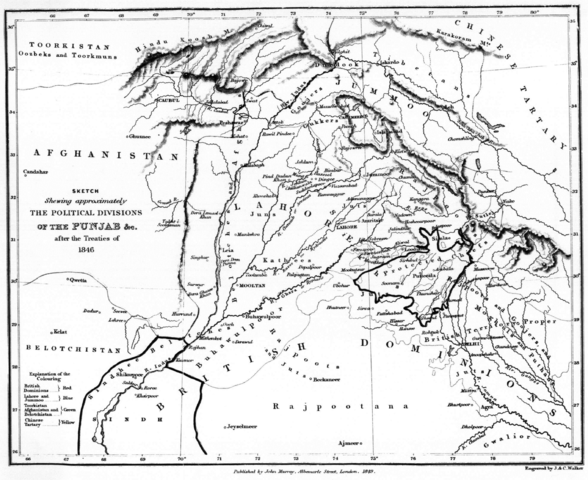
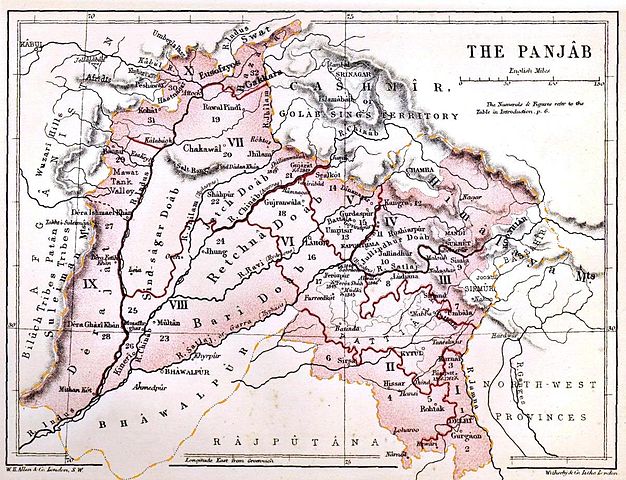
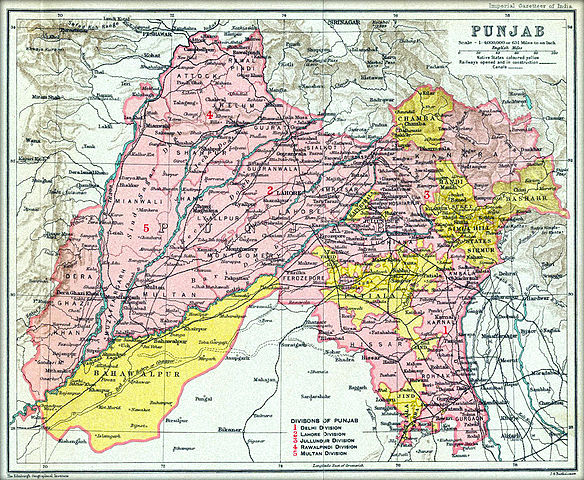
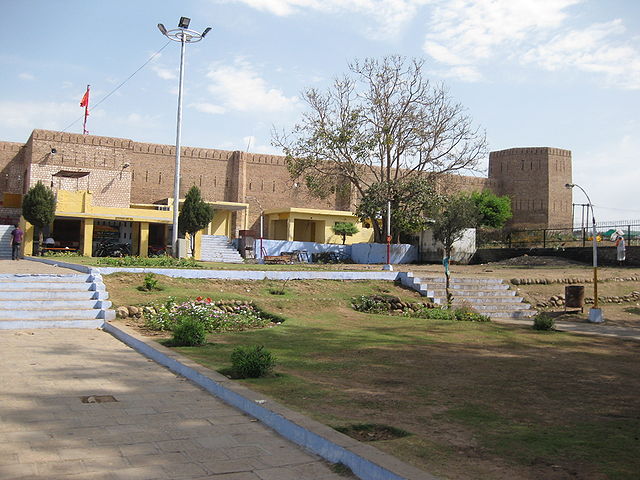
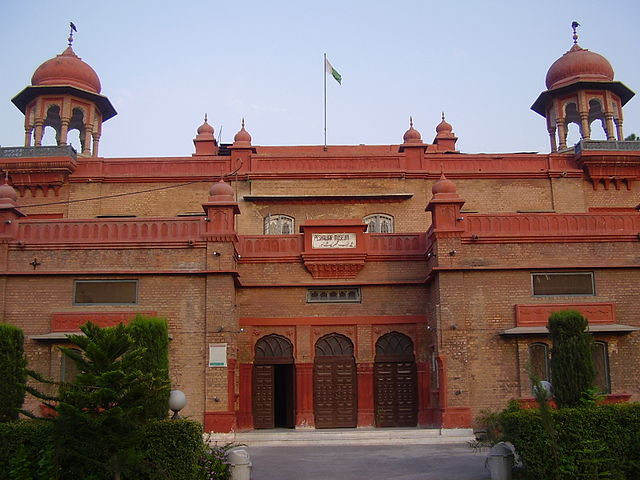
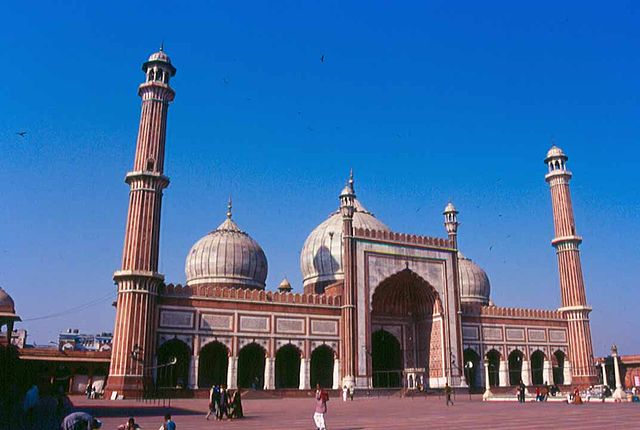
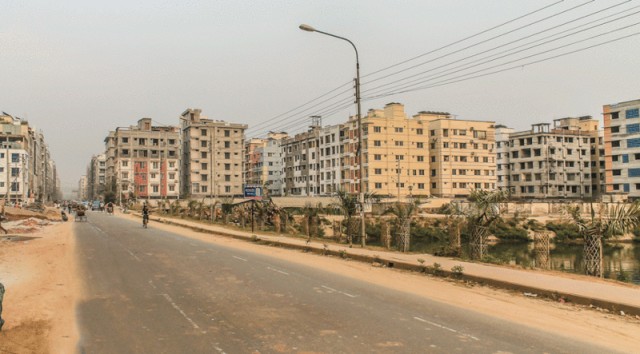
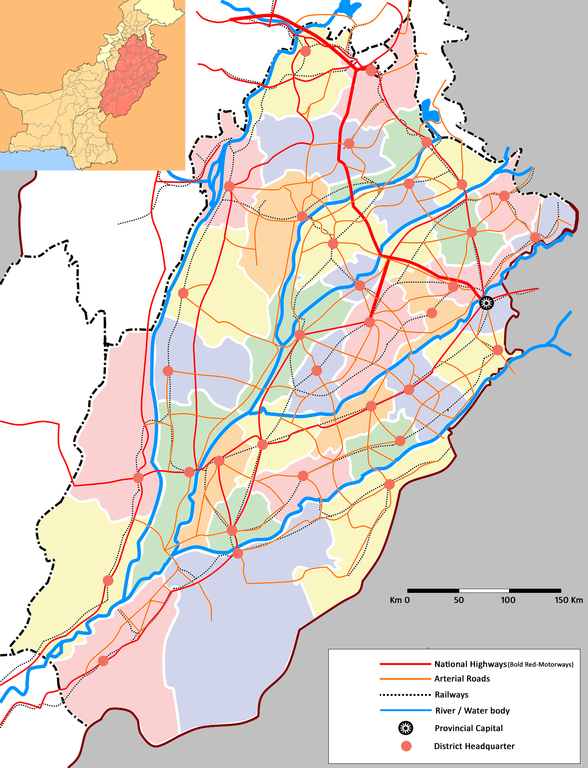
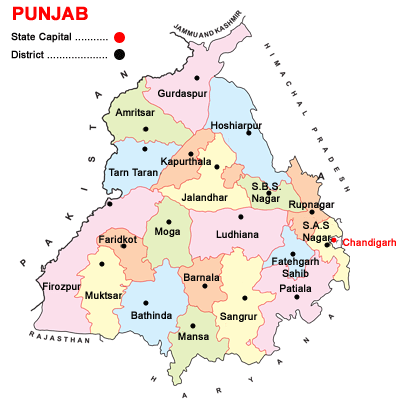
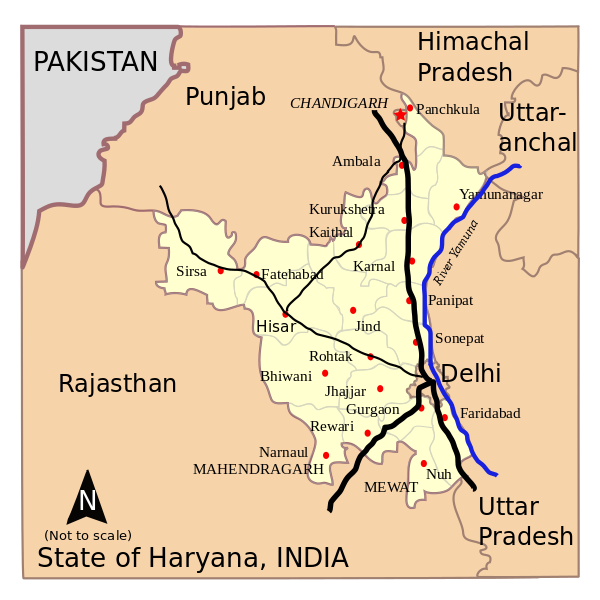
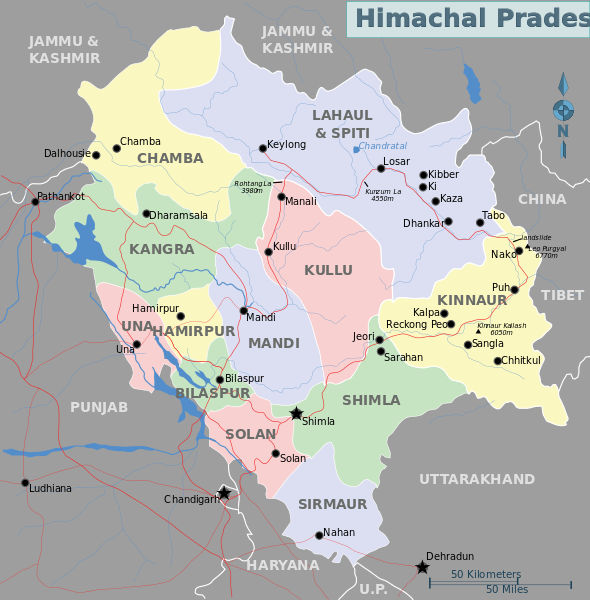
.jpg)
